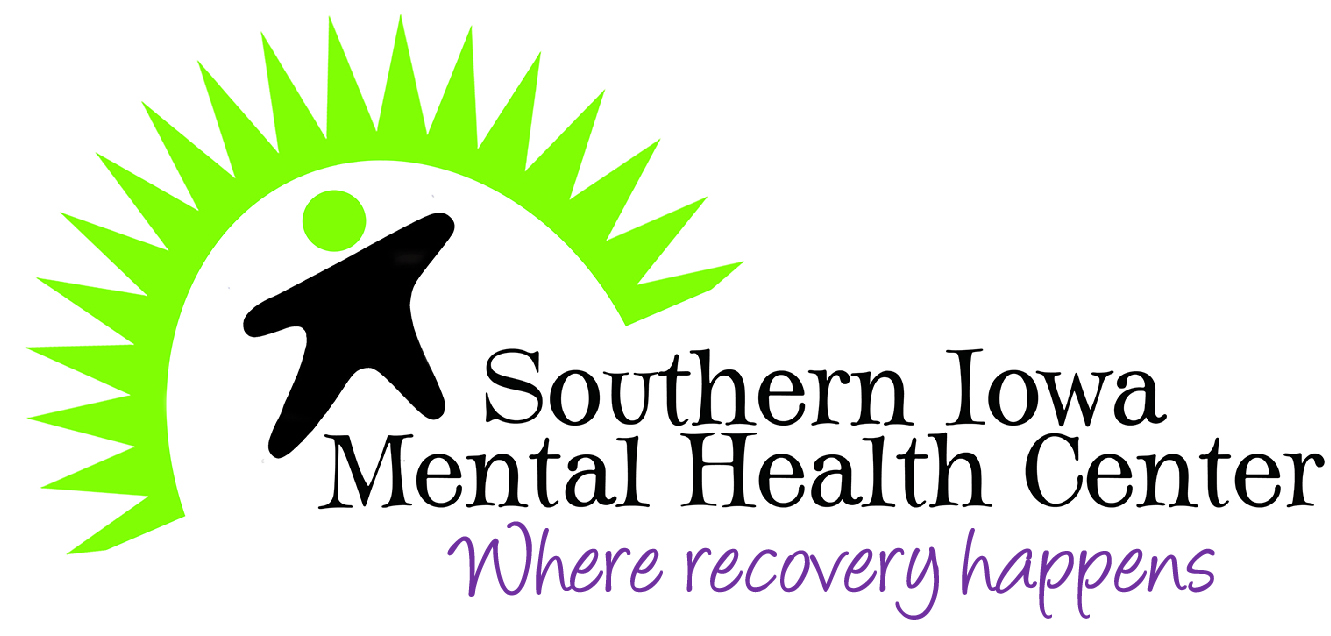Many Teens Easily Fooled by Fake Online Health Messages

FRIDAY, Sept. 2, 2022 (HealthDay News) -- Many teenagers have a hard time discerning between accurate health messages and “fake news," a new study finds.
Presented with a choice between fake and true health messages, about two in five teenagers considered both messages equally trustworthy, researchers found.
Further, about one in 10 actually considered the fake message more trustworthy than the accurate information, according to the report published Aug. 29 in the journal Frontiers in Psychology.
“There has been an explosion of misinformation in the area of health during the COVID-19 pandemic,” said principal researcher Dr. Radomír Masaryk, of Comenius University, in Bratislava, Slovakia.
“As adolescents are frequent users of the internet, we usually expect that they already know how to approach and appraise online information, but the opposite seems to be true,” Masaryk said in a journal news release.
For the study, Masaryk and his colleagues presented 300 students aged 16 to 19 with seven short messages about the health-promoting effects of different fruits and vegetables.
The kids were presented one plainly truthful message and one fake message, and asked to judge the trustworthiness of each.
The good news — about 48% of participants trusted the plainly truthful messages more than the fake ones.
But another 41% considered the fake and true messages equally trustworthy, and 11% considered the fake messages more trustworthy than the true ones, the investigators found.
The teens were also given versions of the truthful message that were manipulated in ways that might make them question whether or not it was real.
For example, the manipulated true messages might include superlatives, clickbait language, grammar mistakes, appeals to authority or bold typeface.
Teenagers did not seem influenced by any of these editing cues when it came to judging trustworthiness, except for clickbait language.
“The only version of a health message that was significantly less trusted compared to a true health message was a message with a clickbait headline,” Masaryk said.
These results show that teens need more education on health and media literacy, as well as for skills like analytical thinking and scientific reasoning “that help distinguish false from true health messages,” Masaryk concluded.
More information
The Media Education Foundation has more about media literacy.
SOURCE: Frontiers in Psychology, news release, Aug. 29, 2022
Was this page helpful?
Related Posts
Firefighters Show Fasting Diets Can Work for Shift Workers
WEDNESDAY, Oct. 5, 2022 (HealthDay News) -- "Time-restricted" eating is a...
Multiple Chemical Sensitivity ID’d in Some Migraine Patients
WEDNESDAY, Aug. 31, 2022 (HealthDay News) -- One in five migraine patients has...
Aumentan los cánceres de colon en etapa avanzada entre los estadounidenses jóvenes
LUNES, 31 de enero de 2022 (HealthDay News) -- Otro estudio está acabando con la...
AHA News: Obesity Harms Brain Health Throughout Life – Yet Scientists Don’t Know Why
THURSDAY, Jan. 13, 2022 (American Heart Association News) -- Anyone who has put...
